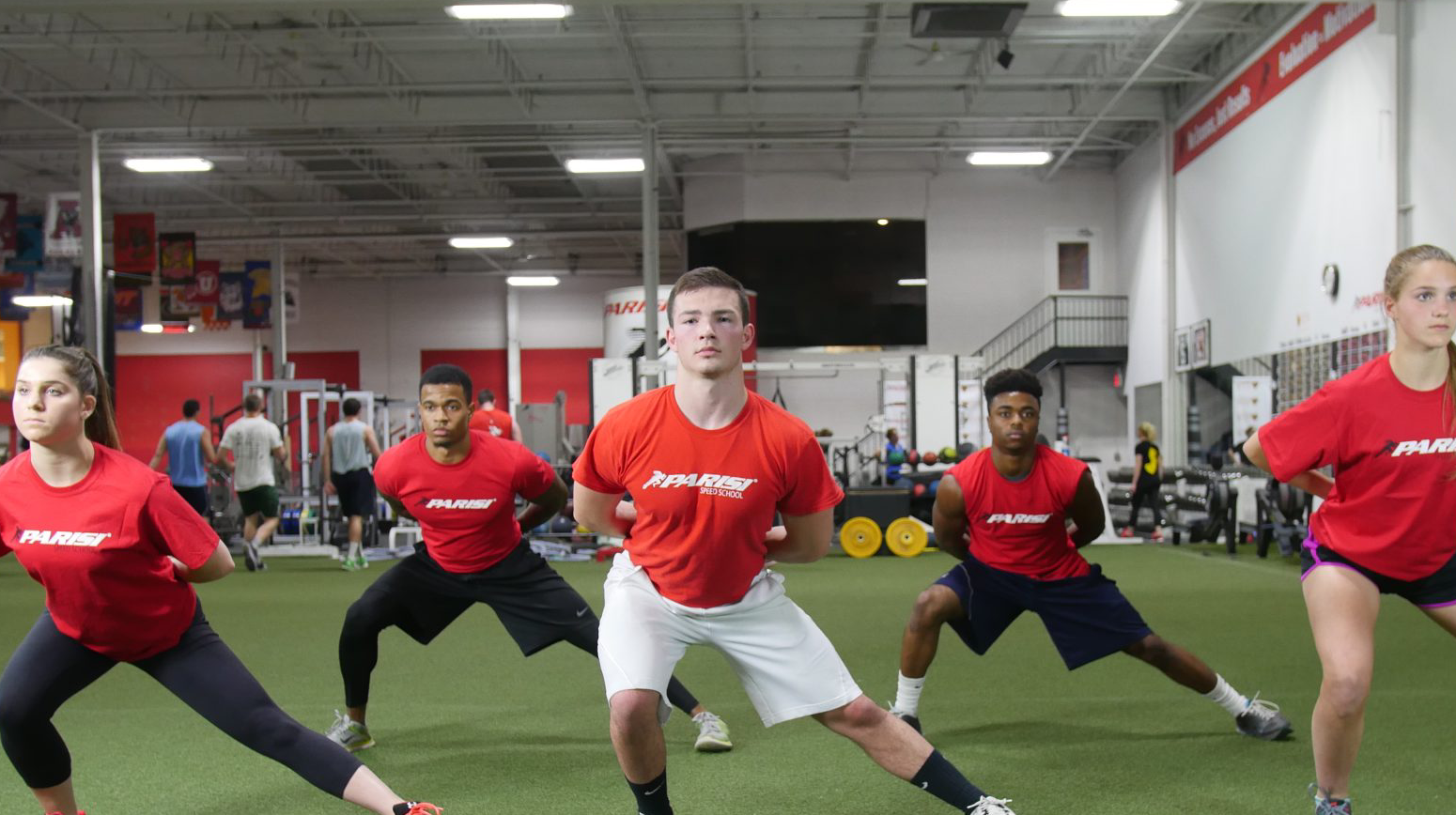The body has a contralateral relationship between the arms and the legs. Sometimes kids – and even coaches – are not aware of this. Walking, marching, skipping, running… it’s all an opposite arm, opposite leg relationship. Despite this, athletes often use same arm, same leg during training and on the field.
Parisi coaches will find themselves constantly reminding youth athletes to “switch their arms.” This reminder during exercises, like skipping and walking lunges, develops the fundamental locomotor pattern of contralateral movement.
When performed correctly, the extension of one hip is met with an antagonistic movement from the opposing side of the core. Stride frequency and arm action are directly tied to a contralateral relationship.
The first place to start is simply marching in place, remembering proper arm action and foot strike.
Remember – even marching is a skill!
If an athlete can’t march well, how are they going to run well?
Marching is just a pre-requisite to skipping.
And finally, we can’t forget about lunging.


 Sports Performance Business Consultation
Sports Performance Business Consultation